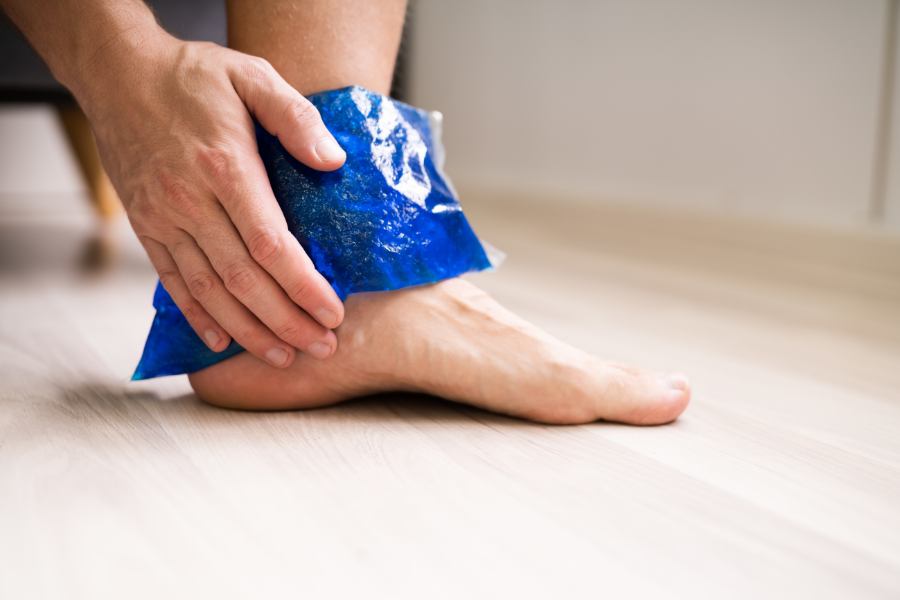Foam Rolling makes you Feel Better and Move Better... When and How do you do it?
- David Potucek
- Jul 15, 2019
- 3 min read
Updated: Aug 19, 2019

What does foam rolling do?
Foam rolling increases flexibility, mobility, and circulation; reduces muscle tightness and soreness; releases fascia; removes trigger points; and reduces or eliminates pain.
Does foam rolling help with flexibility and mobility?
Yes, it has been shown to increase both passive and active ranges of motion, albeit for a short period of time 10 min to a few days. If you do use foam rolling as intervention for increasing motion make sure to use that newly acquired moving by moving afterwards. Clinically I have seen good changes in mobility with patients that are consistent with foam rolling
Does foam rolling help with recovery?
Yes, there is research that shows that foam rolling can help reduce fatigue and muscles soreness. It has also been shown with helping you get back to performance levels faster than if you did not foam roll. So, foam rolling AFTER a training session is probably one of the most beneficial times to do so. It depends on your goals.
Does foam rolling help release fascia?
Fascia is a band or sheet of connective tissue beneath the skin that attaches, stabilizes, encloses, and separates muscles and other internal organs. Tightness here can limit mobility and stability. If you pull the bottom of your shirt down and raise your opposite arm up it will be limited. This is how fascia can limit movement. Foam rolling hydrates fascia (thing squeezing out a sponge and letting it fill back up with water), helps with removing metabolites, improves blood flow by stretching arteries and veins. Slow rolling helps with fluid exchange and fast rolling increases tone of muscles.
Does foam rolling help remove trigger points?
Foam rolling has been shown to reduce trigger points or muscle knots. We want to reduce the contracted muscle area so it can work better. Muscles need to be able to contract and RELAX fully to work at 100%. We get improvements in stability when trigger points are released. Trigger points can also cause pain.
Does foam rolling help reduce pain?
Pain theory – stimulus (foam rolling) to the nervous system desensitizes the system lowering levels of pain. When combined with diaphragmatic breathing can further down regulate pain. There will be less “resistance to movement”. An analogy is that if you hit your elbow and it hurts you can rub it to make it feel better. Foam rolling is the rubbing.
How should I foam roll?
Basically, there are two techniques fast and slow. Fast will improve tone of an area which may be good prepatory work before you do dynamic exercise like plyometrics. Generally, we like slow better as the goal is to get a release of the tissues. When people roll quickly there often won’t be a release. Think of the sponge analogy earlier in the article. Squeeze the fluid out slowly. You can also do small oscillations on the “knots” until they release. 1-2 minutes per area or until it become less sore or easier to roll through that area is good enough.
When should I foam roll?
Before a workout – increase tissue mobility for a better workout incorporate with a dynamic warmup, Decreases resistance to movement. If you have issues with a movement (squat, deadlift) foam roll to free up the movement so your technique will be cleaner.
During a workout - foam roll the opposite muscles of the exercise, if we are doing bicep work you can roll your tricep during rest periods to free up elbow flexion.
After a workout – reduced soreness and recovery time, general techniques focused on slow rolling to help improve blood flow.
Below are some examples of common areas to foam roll.

For more information on foam rolling or other self treatment techniques call 203-557-9111 or click here
Thanks - Dave
.png)



Comments